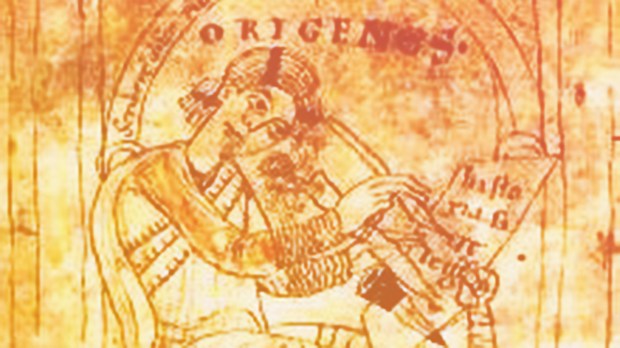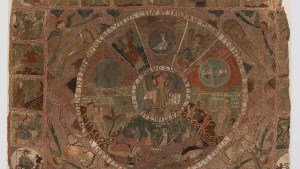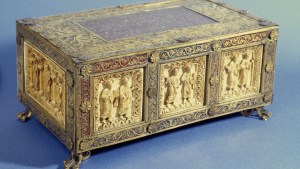Seven European institutions have joined forces to create a database of 34,000 new images of medieval items, including manuscripts, books, and coins. With a collection of over 600 medieval manuscripts, the digitized objects are now online and available for the general public in the Europeana Web Portal – an initiative funded by the European Union that seeks to preserve Europe’s cultural heritage in easily accessible, digital formats.
The project, called The Art of Reading in the Middle Ages, was completed earlier this year. According to the note published by Medievalists.net, the project was led by the National and University Library of Slovenia with the support and participation of the Brugge Public Library, the Hunt Museum, the Berlin State Library, Leiden University Libraries, the Bibliotheque National de France, and the National Library of the Czech Republic – seven European universities in total, collaborating to add 34,000 medieval items in digital format to the Europeana website.
The contents are available in English, Dutch, French, German, Czech and Slovenian. Also, these libraries added educational material, curatorial texts, and videos explaining the importance of the medieval items uploaded.
You can access the project here.
The art of the medieval manuscript
Illuminated manuscripts are crowded with fantastic beasts, intricate greenery, and elaborate initials framing miniature scenes from either the Bible, apocryphal histories, hagiography, or simply folk stories and legends. Today,they continue to captivate bibliophiles and art fans, both secular and religious alike.
In his classic Renaissance and Renascences in Western Art, the German art historian Erwin Panofsky explained the Italian Renaissance was preceded by at least two major revivals of Greek and Roman antiquity. One of these was the 9th-century Carolingian “renaissance,” which Panofsky understood as a revival of classical forms that influenced styles of lettering and decoration, most of them now preserved in the National Library of France.
In these manuscripts, the main text is always accompanied by decorative flourishes, borders and illustrations. Some historians claim the tradition began in the Ostrogothic Kingdom (the Regnum Italiae) in the 5th century. Others explain it originated in the Eastern Byzantine Roman Empire. In both cases, illuminated manuscripts included prayer books, books used for liturgical services, and collections of psalms. From the 13th century on, the practice eventually continued into secular texts.
Most of these medieval manuscripts were written on parchment or vellum, a kind of “paper” prepared from animal skin or membranes. These parchments would be bound into books called codices, which ranged in size from ones smaller than a modern paperback to books that require more than one person to lift them.Digitizing these works, you can imagine, is quite the enterprise.



